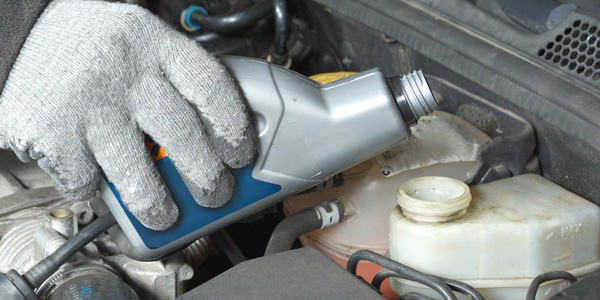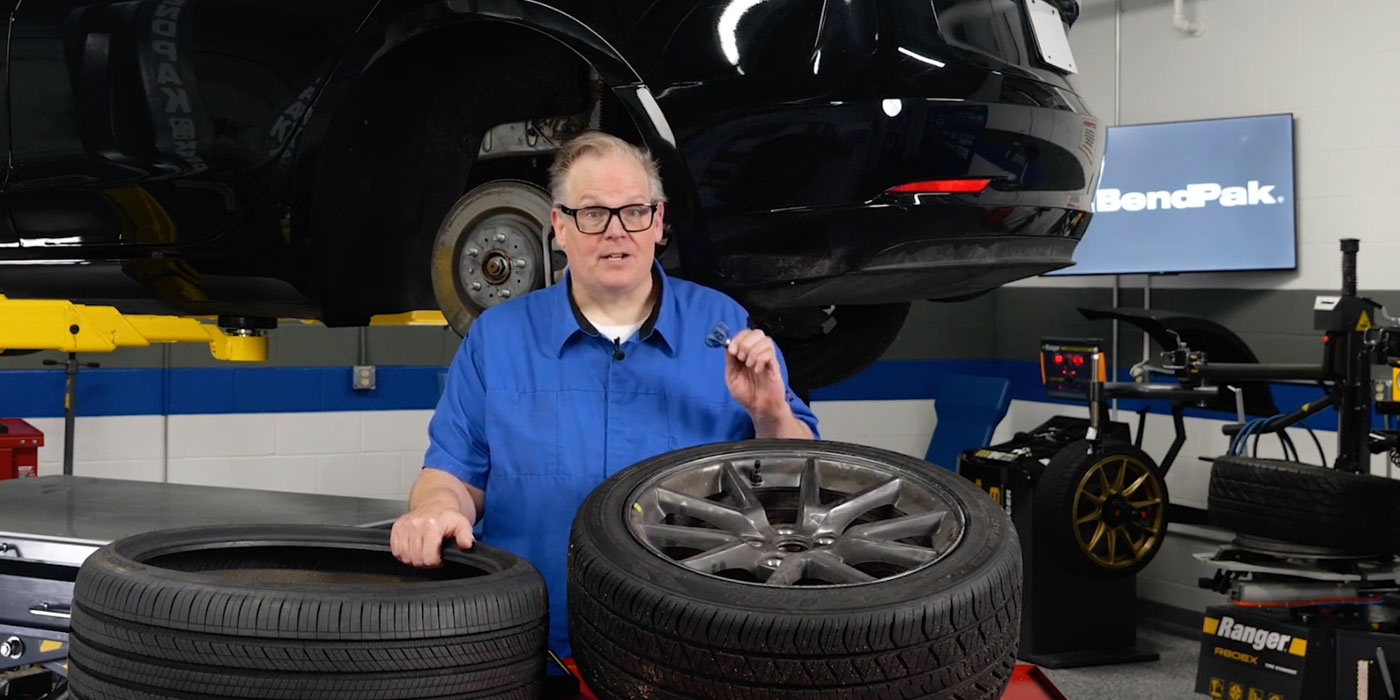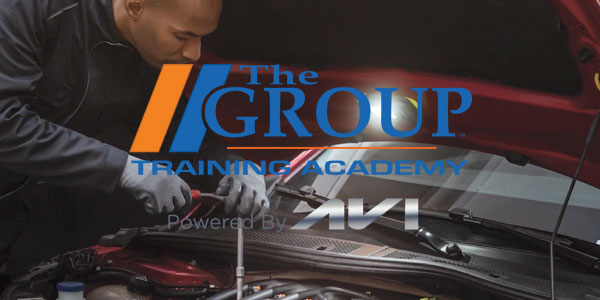If you ever want to impress your friends or co-workers, tell them about the equilibrium reflux boiling point, and its importance in selecting a high-quality brake fluid.
If they look at you with a blank stare, just explain that the equilibrium reflux boiling point, or ERBP, is just the technical term for determining if a brake fluid has what it takes to stand up to the high temperatures produced during the braking process. Before a brake fluid hits the market, it must be tested to meet certain ERBP values that are spelled out in the Federal Motor Vehicle Safety Standards, specifically Part 571 No. 116.
This video is sponsored by ADVICS.














